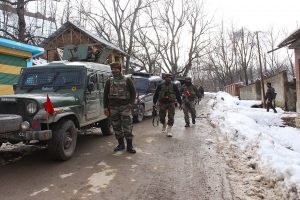Ahead of Cyclone Mocha which is predicted to make landfall on Sunday (May 14) with gusts of up to 175 km/h (108 mph), thousands of people have been getting ready to get evacuated from the region, Al Jazeera reported.
Currently, the storm is heading north while still in the Bay of Bengal. It is anticipated to travel down the coastline between Sittwe in the Rakhine state of northwest Myanmar and Cox’s Bazar in Bangladesh. “This is the first cyclone to threaten Myanmar this Monsoon season and there are grave concerns about the impact especially on already vulnerable and displaced communities,” Al Jazeera reported citing the United Nations Office for the Coordination of Humanitarian Affairs (UNOCHA) on Friday.
Advertisement
According to the report, more than 230,000 Rakhine residents reside in displaced persons’ camps that are “located in low-lying coastal areas susceptible to storm surge.”
According to UNOCHA, around six million people in the storm’s projected path in Rakhine and the three northwesterly states of Chin, Magway, and Sagaing already required humanitarian aid.
Authorities have issued warnings about the risks of flooding, landslides, and a storm surge of 2 to 2.7 metres (6.6 to 8.9 feet) in height.
In February 2021, the military overthrew Aung San Suu Kyi’s elected government, sending Myanmar into a state of instability. The People’s Defence Forces (PDF), a coalition of armed military and civilian organisations, have been engaged in fierce combat in many of the regions the storm is currently threatening, reported Al Jazeera.
Armed forces’ aerial bombardment and arson attacks have already forced many from their homes.
Similar strategies were employed by the army in Rakhine in 2017 to drive hundreds of thousands of primarily Muslim Rohingya across the border into Bangladesh, where they are still residing in sizable refugee camps today.











